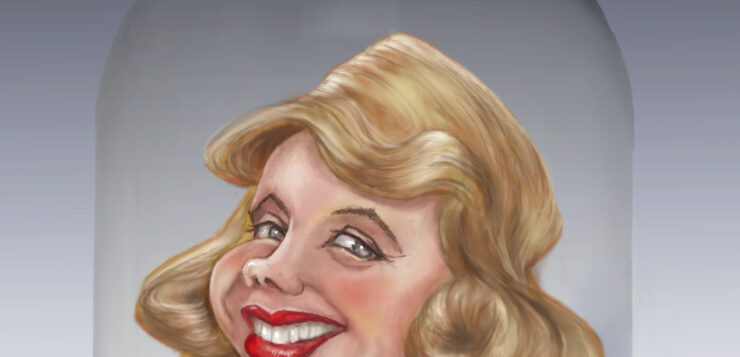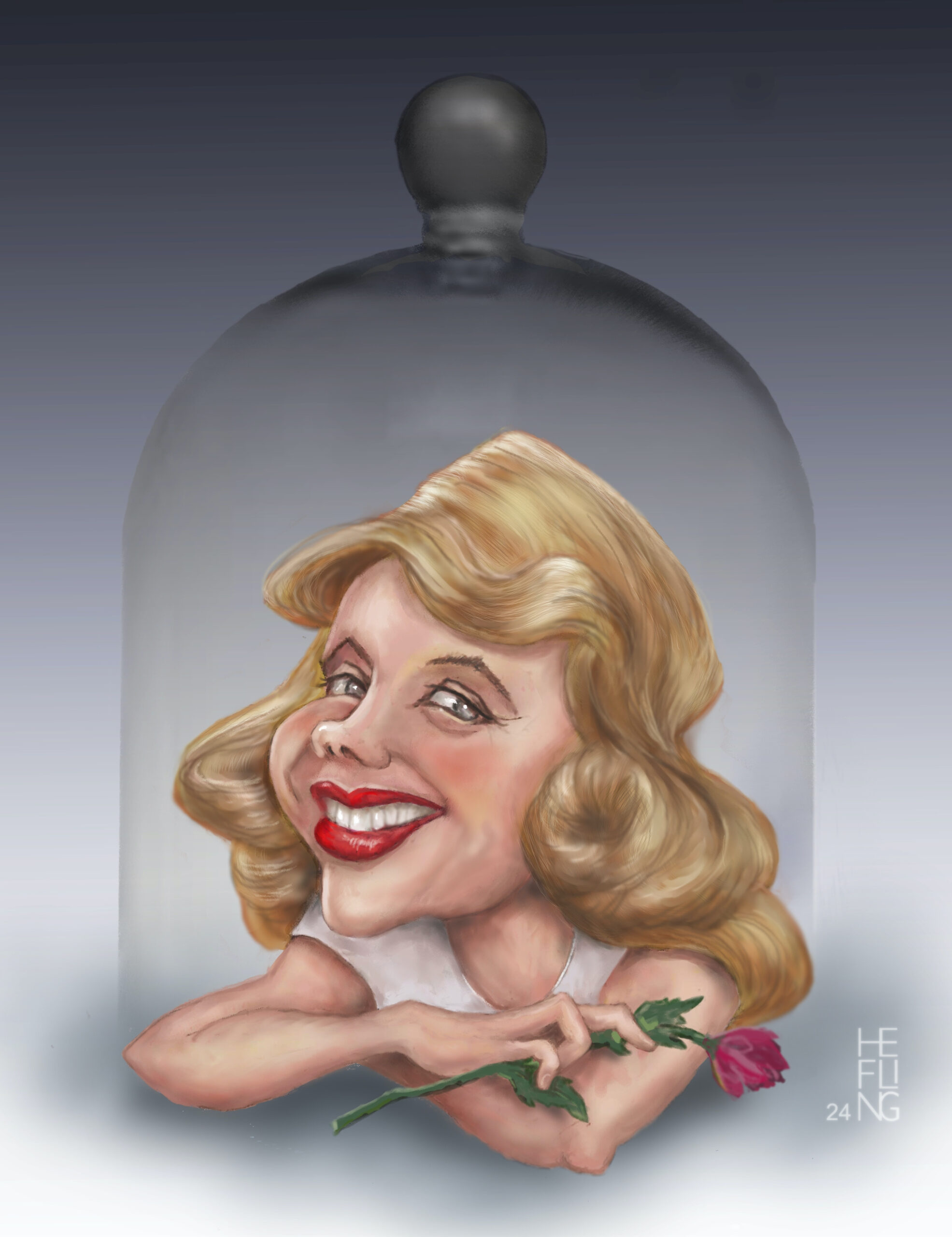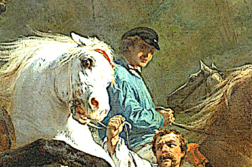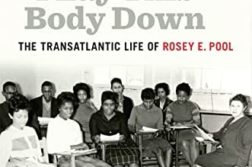SET IN 1953 and published ten years later, Sylvia Plath’s autobiographical novel The Bell Jar is widely regarded as a masterpiece, a female coming-of-age story like J. D. Salinger’s classic The Catcher in the Rye. Told in the first person, it’s about Esther Greenwood, a young Massachusetts college student who, along with eleven others, wins an award to spend a month interning for Ladies’ Day magazine in New York City.
Raised by a financially struggling widow, Esther is a scholarship student. During her internship, she finds herself increasingly disoriented. She often thinks negatively about her boyfriend Buddy Willard, whom she comes to despise for his hypocrisy about a casual sexual relationship. When she returns to her mother’s home, Esther’s mental state deteriorates into clinical depression, leading to a suicide attempt followed by a stay in a mental hospital. She slowly recovers. The novel ends with Esther leaving that institution, presumably for a brighter future.
Events and characters were largely taken from Plath’s life when she spent the year 1953 interning at Mademoiselle magazine, became deeply depressed shortly thereafter, made a suicide attempt, and spent time in a mental hospital where, like her protagonist Esther Greenwood, she was treated for her depression with a combination of talk therapy, electroshock treatment, and the now-discredited insulin shock treatment before being pronounced “sane” by her psychiatrist and released. Describing The Bell Jar, Plath remarked: “What I’ve done is to throw together events from my own life, fictionalizing to add color—it’s a potboiler really, but I think it will show how isolated a person feels when he is suffering a breakdown. … I’ve tried to picture my world and the people in it as seen through the distorting lens of a bell jar.” Plath appeared to believe The Bell Jar would be cathartic for her, calling it “an autobiographical apprentice work which I had to write in order to free myself from the past.”
Along with the brilliant poems in her Ariel collection, The Bell Jar won Plath a cult following, albeit posthumously, especially among feminists. She was known for her opposition to fascism and is regarded as politically liberal, but there are problems with this designation. For starters, her poetry includes the problematic phrases “[N-word-]-eye” in “Ariel,” “My Polack friend” in “Daddy” (probably her most famous poem), and “Jumpy as a Mexican bean” in “You’re.” The Bell Jar depicts its one “Negro” character in a racist stereotype: “grinning and chuckling in a silly way,” he “gawped at us with big, rolling eyes.”
Denise Noe’s work has appeared in The Humanist, The Literary Hatchet, and other periodicals.








